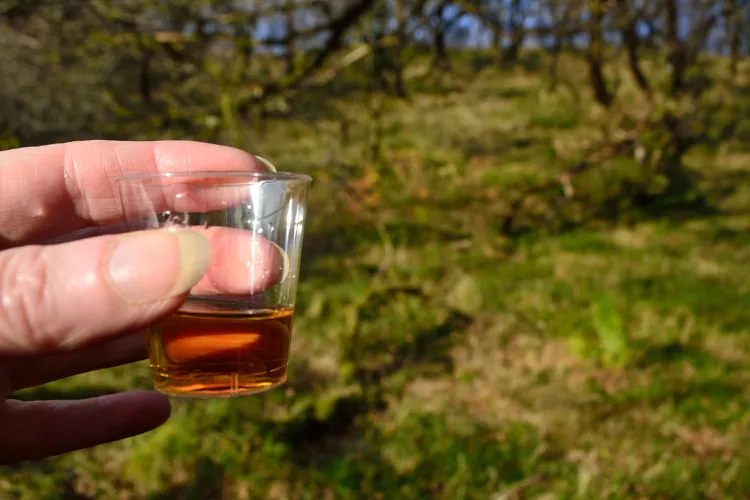Summary
Scotch whisky is one of the most complex and nuanced alcoholic beverages you can experience, and you don’t need to be an expert to appreciate it. A visit to a distillery in Scotland offers insights from professionals eager to share what makes this drink special.
The rising popularity of well-aged, single malt whisky made in Scotland is remarkable. According to the Scotch Whisky Association (SWA), Scotch whisky accounted for 20 percent of all UK food and drink exports in 2017, with 122 million bottles exported that year, reflecting a 14 percent increase.
Whisky clubs, magazines, and specialized glasses abound, appealing to connoisseurs willing to invest significantly in rare bottles. Furthermore, Scotland’s enchanting distilleries are nestled in regions renowned for their breathtaking beauty and outdoor adventures.
You need not be a whisky expert to enjoy whisky tourism in Scotland; visiting a distillery can enhance your understanding and appreciation. The more you learn, the more you will cherish the intricate processes that bring this beloved spirit to life, known historically as aquae vitae, or “water of life.”
Here are some insights I gathered during my recent visit to the Bowmore distillery on Islay.
Whisky Can Be Paired With Food Just Like Wine

Forget the conventional red for meat and white for fish approach. Did you know some single malts pair remarkably with chocolate? Such pairings reveal the toffee, caramel, and vanilla notes from the cask’s toasting process. For example, during my recent exploration:
- A whisky featuring light peat smoke and raisin notes beautifully complemented mushroom risotto with a poached egg.
- A light, fruity whisky with bourbon notes in its cask created a stunning pairing with filet of halibut.
If you’re eyeing a distillery tour or break, seek out those with whisky pairing lunches as part of their offerings. Local tourist authorities can also help you discover restaurants featuring whisky and food pairings.
Special “Nosing” Glasses Concentrate Aromas

The glass choice for enjoying a fine single malt significantly impacts the experience. Since 2001, tulip-shaped glasses, which are wider at the bottom and narrower at the top, have gained popularity. This design enables the aromatic molecules to be captured within the bowl shape, enhancing the aroma experience.
While nosing whisky can seem complex, one useful tip is to hold the glass at arm’s length and then bring it under your nose. This technique helps reduce the perception of alcohol while revealing the whisky’s true character. Nosing glasses are commonly available in liquor stores, whisky specialists, and distillery gift shops across Scotland.
Rough and Ready Nosing Like a Pro

If you don’t have a specialized nosing glass, you can use a method adopted by maltmasters. Pour a few drops of whisky into your palms and rub your hands together. The warmth will evaporate some alcohol, allowing you to experience the whisky’s true character more vividly. This approach mirrors waiting for perfume alcohol to evaporate before smelling.
Water for the Water of Life?

While many believe that whisky should be enjoyed neat, experts suggest adding a few drops of water to reveal different aromas. This small addition mitigates the burning sensation of alcohol while allowing delicate flavors to emerge. Whether to add water or not is a personal choice, but understanding its impact can enhance your whisky sipping experience.
What kind of water? Most types of water are suitable unless your local supply is unpalatable. Just avoid adding carbonated water to single malts.
The Angel’s Share?

Whisky casks are porous, which means as whisky ages, some of it evaporates, concentrating the remaining flavors. This phenomenon, known as the angel’s share, results in losing about 1.5% of whisky for every year it matures, enhancing overall character.
The Little White Lie

Your belief that a 12, 18, or 24-year-old whisky is entirely from that aged whisky is somewhat misleading. Single malts can be blended to achieve a specific character, and the age label refers to the youngest whisky in the blend, while older whiskies can also be included.
The Scots Don’t Drink Much Scotch

While Scotch whisky enjoys popularity worldwide, especially in Europe, the UK, and the Americas, it appears that the Scots themselves consume less than expected. The USA tops the list as the leading Scotch-consuming nation by value, while France surprisingly ranks first in volume imported.
In contrast, Britain—home of famed Scotch—represents the largest market for French champagne, showcasing intriguing consumption patterns.





